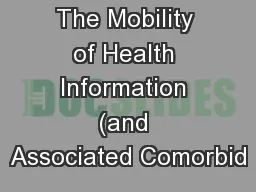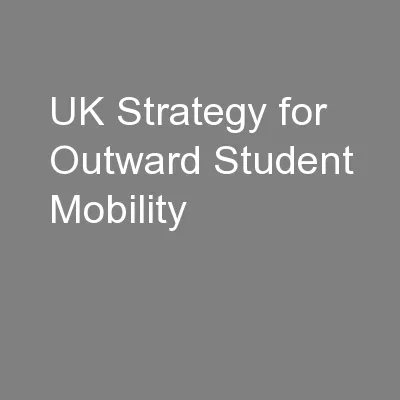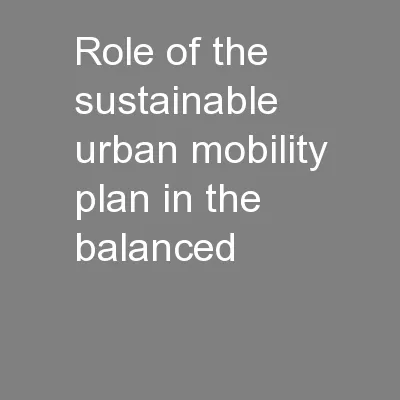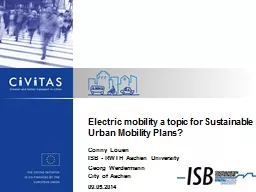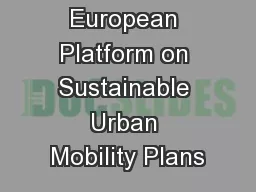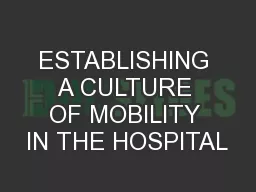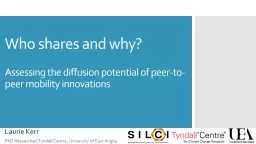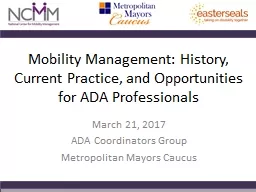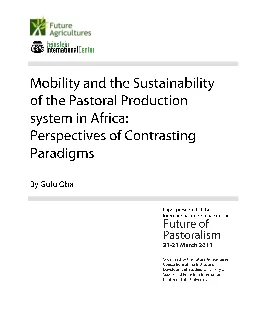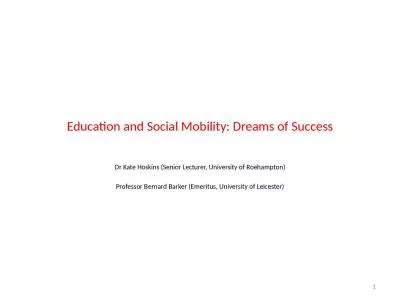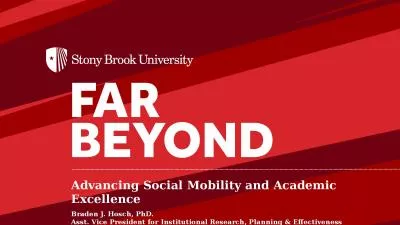PPT-Education and mobility:
Author : reportssuper | Published Date : 2020-06-29
GatSby in the Americas Darryl McLeod Fordham University Economics Center for International Policy Studies Presentation at CCNYLALS Latin American and Latino
Presentation Embed Code
Download Presentation
Download Presentation The PPT/PDF document "Education and mobility:" is the property of its rightful owner. Permission is granted to download and print the materials on this website for personal, non-commercial use only, and to display it on your personal computer provided you do not modify the materials and that you retain all copyright notices contained in the materials. By downloading content from our website, you accept the terms of this agreement.
Education and mobility:: Transcript
Download Rules Of Document
"Education and mobility:"The content belongs to its owner. You may download and print it for personal use, without modification, and keep all copyright notices. By downloading, you agree to these terms.
Related Documents


